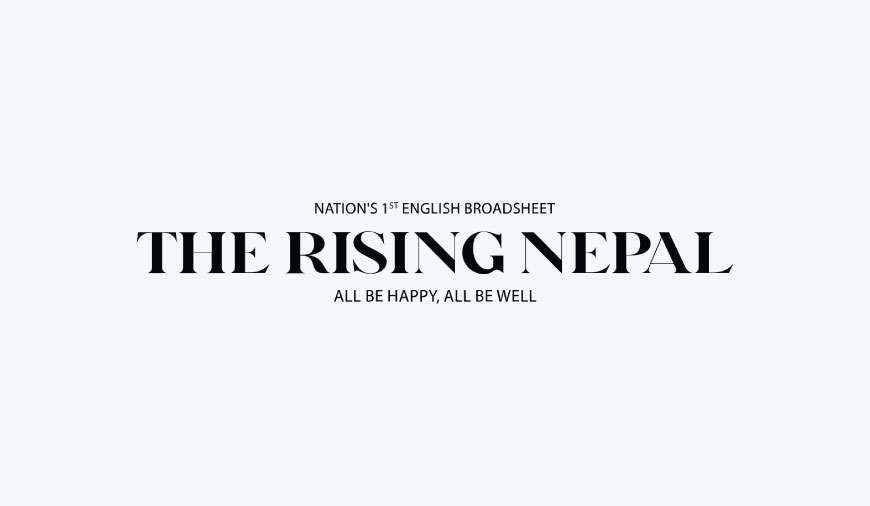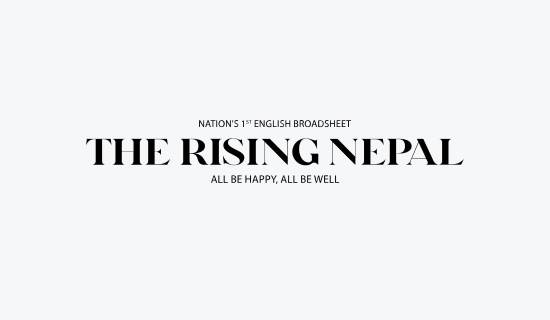- Monday, 15 December 2025
Benefits Of Arts Education
Whether we realise it or not, there is an unofficial hierarchy among courses in Nepal. Science is at the very top, studied by the most “talented” of students. At the second level are Management and other commerce and business-related subjects. The third or fourth is Arts, for the students who are “creative”, creative not being used as a compliment here.
It can be said, perhaps, that this is the case all over the world. Countries and societies appear to prioritise Science, Technology, Engineering and Mathematics (STEM) disciplines more, considering them more useful for innovation and employment. Arts and the subjects under it are viewed as hobbies by many, to be pursued for interest when one has free time. But that is not so.
As we navigate today’s world, defined by social networks, Artificial Intelligence (AI), Information and Communication Technology (ICT) and the like, we must recognise the value of Arts education and prioritise them for the holistic development of individuals.
Arts fosters creativity and critical thinking. The subjects that fall under this stream help nurture imagination and open thinking. Subjects traditionally associated with Arts like music, dance and visual expression help students think outside the box and see their surroundings in a different light. Subjects like media, gender, social work, history, sociology, psychology and language, that not many know are under the Arts umbrella too, familiarise students with their world and the complex processes that keep it running. These equip them with unique and diverse perspectives and prepare them to solve everyday problems in the real world.
Furthermore, Arts education hones critical thinking by encouraging the students to analyse, interpret and evaluate. Whether deciphering the underlying message of a painting, dissecting the nuances of a protest or deconstruction the gender roles societies expect of males and females, people who study Arts learn to think critically and present themselves concisely and coherently.
Those who study Arts may hold less prestige than scientists and bankers, but they are more emotionally intelligent and empathetic than both of these categories of professionals. Arts education teaches people to develop healthy outlets of self-expression and develop their capacities to understand their and others’ thoughts, emotions and experiences. They become better aware of where they stand and where others come from and hence, can help those around them navigate complicated emotions like anger and grief.
Moreover, Arts exposes its pupils to diverse histories and experiences that connect them to the experiences and emotions of communities beyond their own. This scribe is himself an Arts student and he can vouch for the faculty’s ability to erase rigid dogmas and develop an appreciation for diversity. Arts teaches individuals to hear the stories no one is telling and understand the baggage everyone is carrying. The empathy this helps arouse is essential in overcoming the hatred and polarisation that seem so rampant in today’s world.
Arts is also a transdisciplinary stream. Numerous studies have shown that students who participate in Arts programmes do well in subjects not principally associated with Arts like mathematics and science. This is because Arts is more than a course; it is a package that nurtures many skills. For instance, those who study media study everything from statistics to entrepreneurship and must be adept at carrying out scientific research and drawing subjective conclusions based on evidence. Those who learn musical instruments must develop a mathematical comprehension of rhythm and pattern before being able to play soothing beats. Those shooting photos or videos, or drawing or painting have an exceptional ability to gauge spaces and approximate distances and dimensions. Arts comes intertwined with many other disciplines and thus gives those who study it skills that enable them to confidently navigate their multidimensional society.
Arts education also makes its graduates great team players. As already mentioned above, students learn to convey complex ideas and emotions in clear and impactful ways, but more than that, they have the capacity to engage their audiences.
Also, Arts education involves many group projects that make students able to work together towards a common goal. They develop leadership skills and are comfortable negotiating and compromising on their personal interests for the greater good. They contribute and also motivate others to contribute. Arts students are great at building strong interpersonal relationships which make groups and teams function smoothly. It is not that there are no conflicts, but those conflicts are resolved quickly and amicably.
Arts is a very important stream. Fortunately, educational institutions are understanding this. That is why they have begun migrating out of the traditional STEM bracket and have expanded it to include Arts, making it STEAM. Hopefully, now students and guardians will also change their mindset and stop thinking of Arts as something to pursue only when one has run out of options in “higher” courses.














